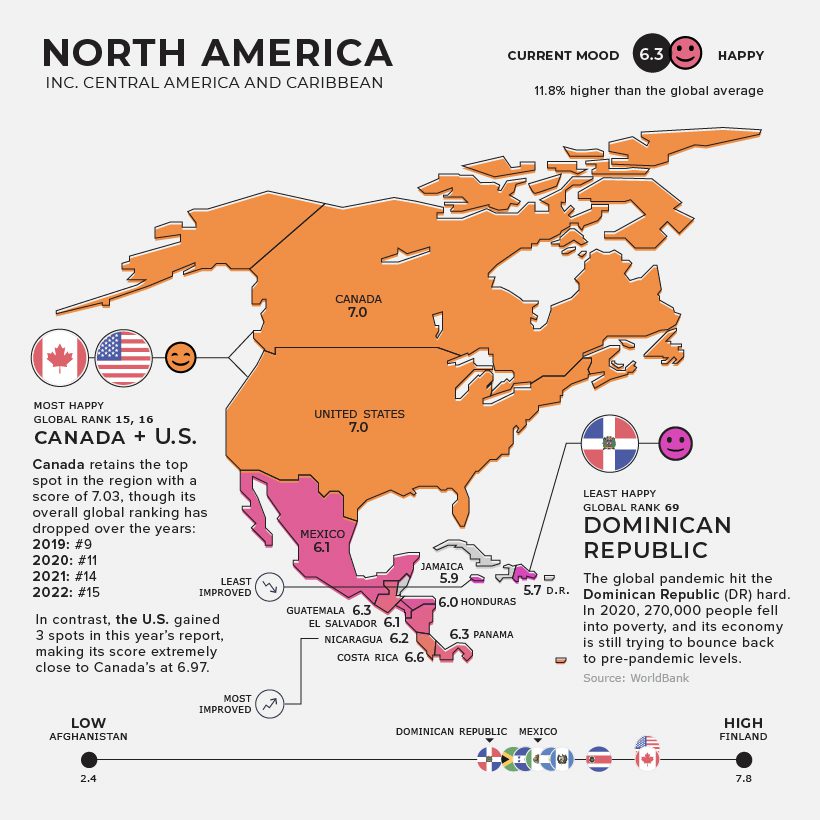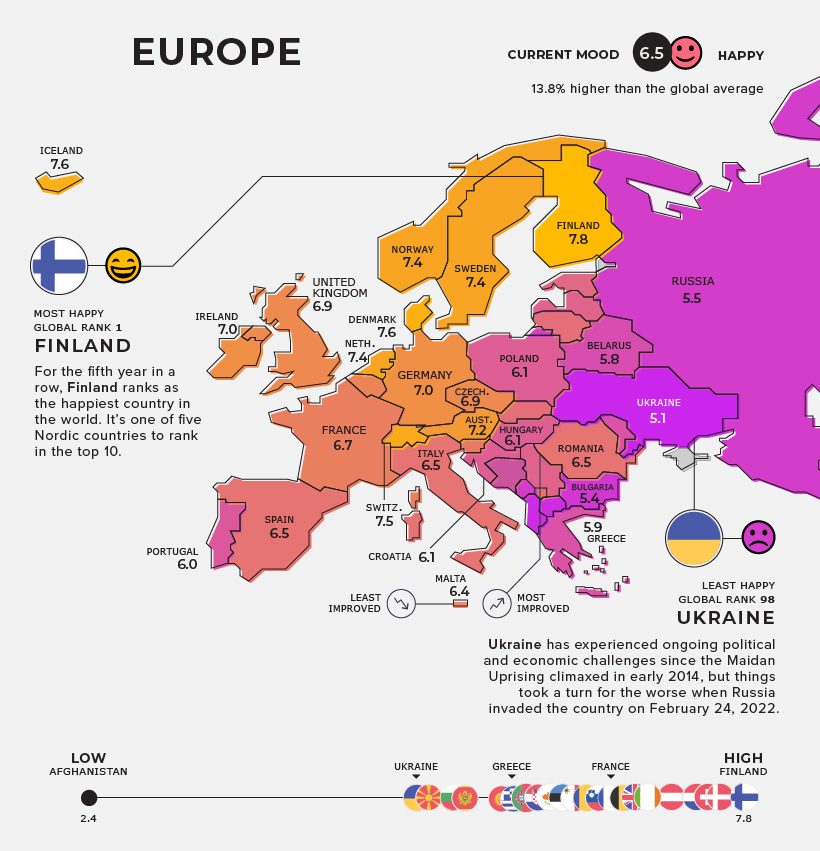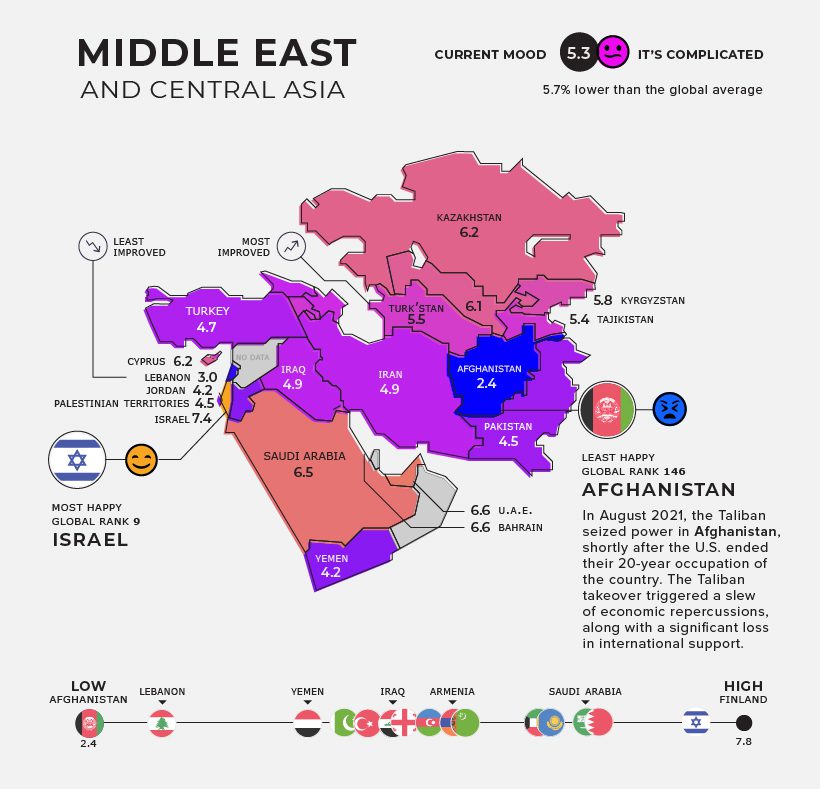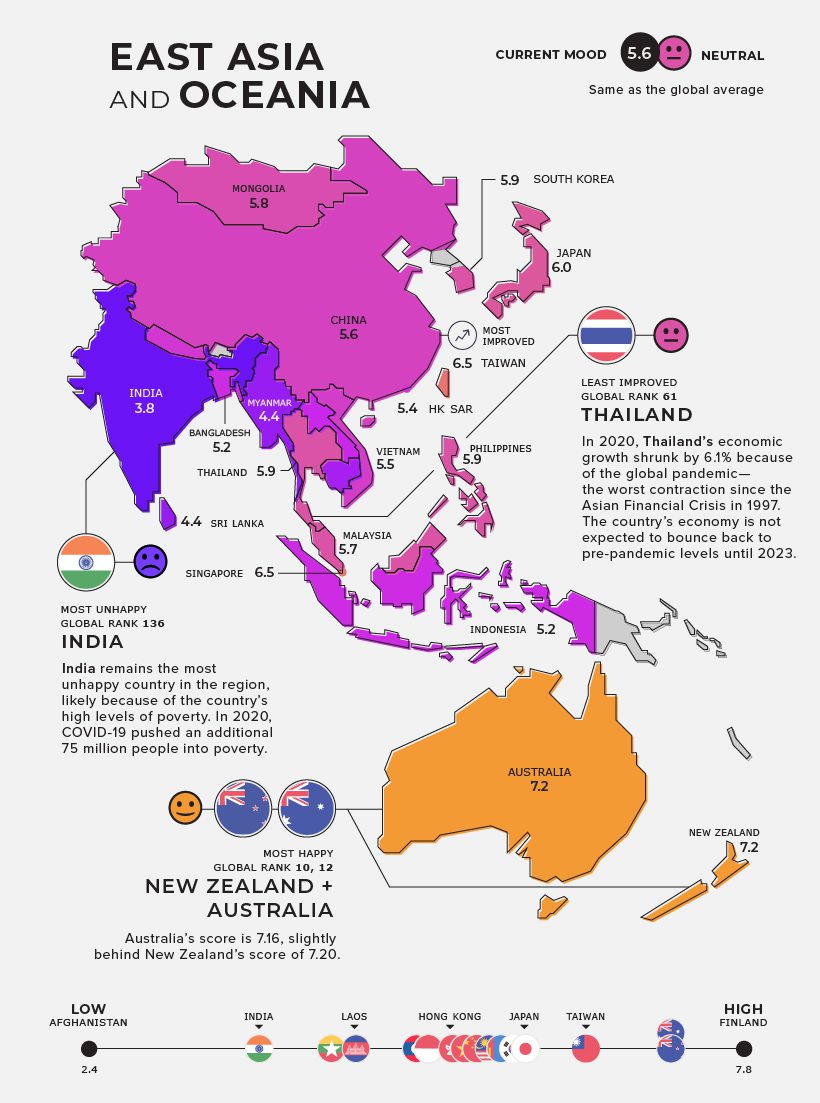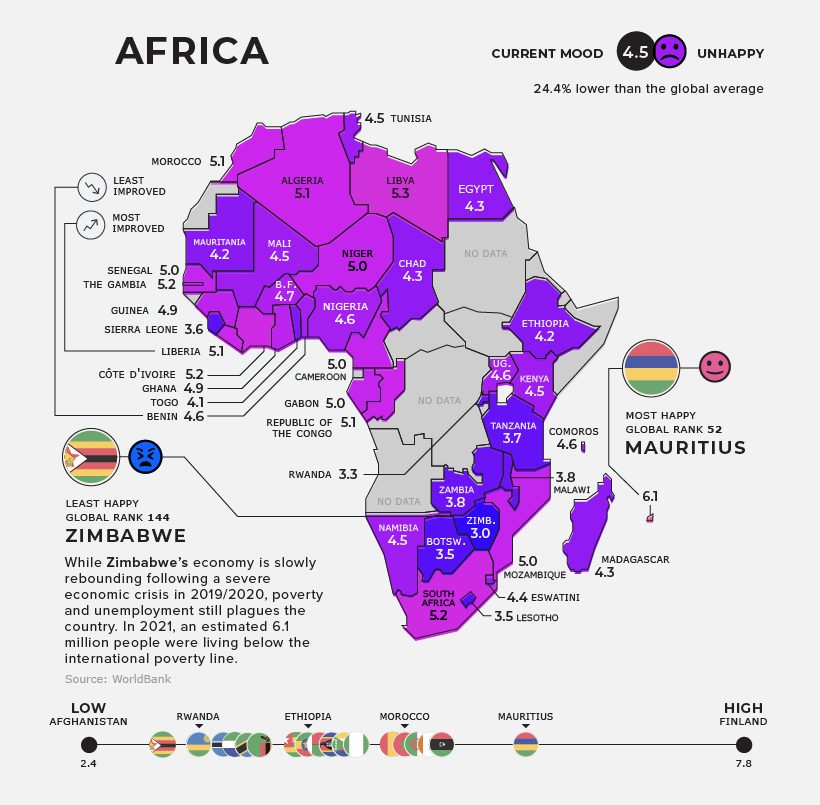A Guide to Winter Beauty and Self-Care
With winter comes the holiday season, snow, frigid temperatures, and less daylight. To battle the cold winter months, many of us reach for an extra layer or two to keep warm, while also cranking the thermostat up. However, studies show that seasonal shifts, and what we do to combat them, can affect our skin, emotions, sleep cycles, and more. In this blog, we’ll cover how winter can change your skin and mental health, along with tips to help you lean into self-care given these changes.
Winter and Your Skin
Your skin loves consistency, so when the weather changes, it’s basically like a shock to the system. “Rapid fluctuations in weather can take its toll on our skin as it adjusts to the new environment,” explains dermatologist Joshua Zeichner. “For example, as we shift to winter, temperatures and humidity will drop quickly, so the skin will have to work harder to maintain adequate hydration as cold weather and wind start to kick in.”1
Zeichner also says, “This can lead to cracks in the outer skin layer, loss of hydration, and inflammation — all of which can seriously impact the overall state of your skin health. These symptoms commonly occur due to the skin barrier becoming disturbed during the winter months, which may make your skin more susceptible to irritation and inflammation.”2
Shari Marchbein, a dermatologist and clinical assistant professor of dermatology at New York University School of Medicine, mentions that, “It’s the sudden switch in weather, coupled with subsequent lifestyle changes people make as it gets cooler, such as taking hot showers and using central heat in homes, that contributes to the aforementioned dryness and inflammation associated with this transitional period.”3
Winter and Your Well-Being
Considering that there’s less daylight during winter, your circadian rhythm may be affected. Your circadian rhythm moderates your sleep and is affected by light. “Typically, it’s easier for people to ‘fall back’ than ‘spring forward’ as we gain an extra hour of sleep. However, that doesn’t mean that the end of daylight savings time is harmless. It can take a week or more for the body to adjust,” says Dr. Camelia Musleh, a neurologist at Sleep Medicine.4
Winter can also cause a sense of dread for many, which could be Seasonal Affective Disorder (SAD). “Almost a fourth of the population deals with an increase in depression during the colder and darker months,” mentions Dr. Matt VanDusen, a clinical director for Delphi Behavioral Health Group. He notes that SAD has been linked to decreases in exposure to natural light and lower levels of vitamin D due to shorter days.5
SAD is commonly characterized by recurrent episodes of depression that mostly occur during the fall and winter months. A few documented symptoms of SAD may include oversleeping, daytime fatigue, carbohydrate craving, weight gain, and difficulty concentrating.6 It’s recommended that people who experience SAD talk with their healthcare provider to figure out their next steps.
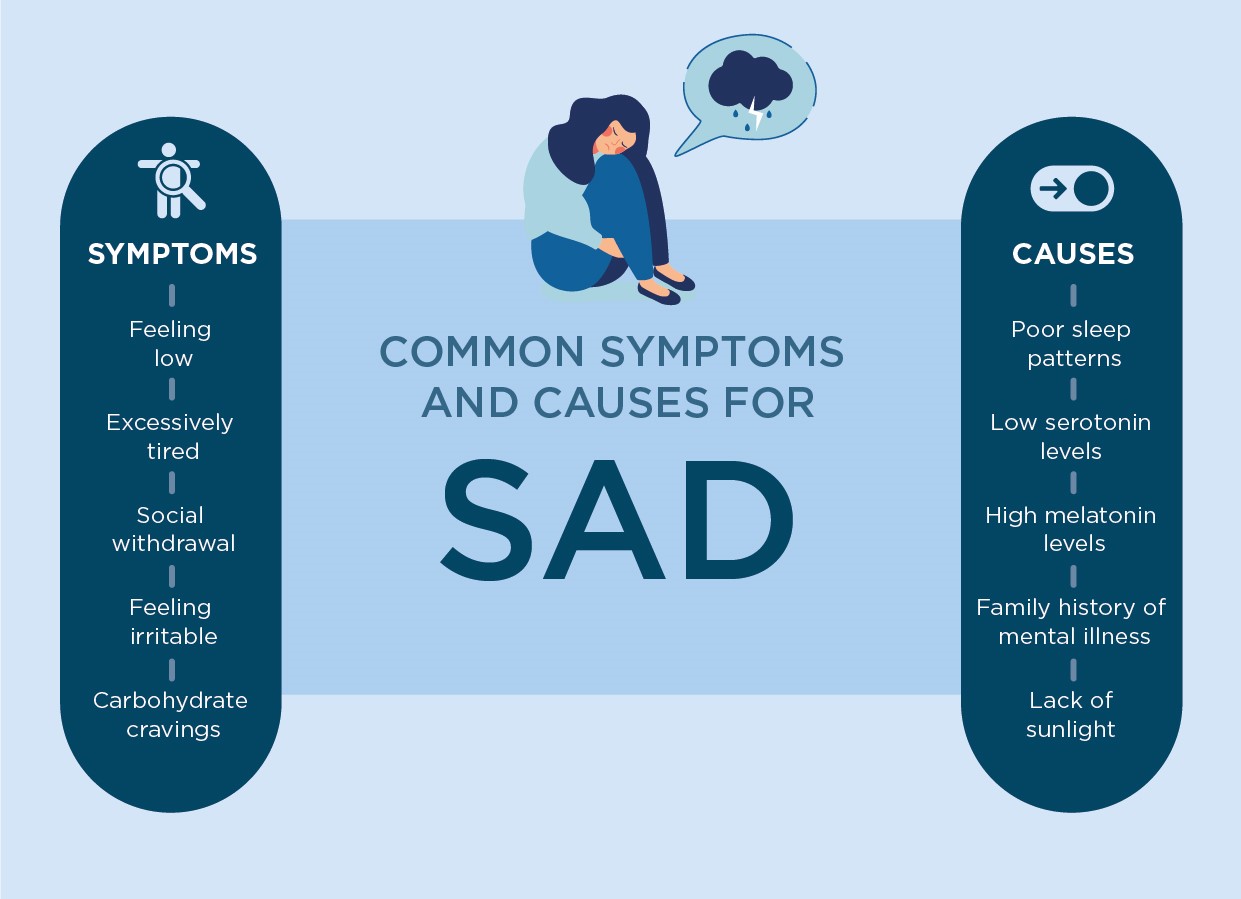
Pictured: Symptoms and causes of SAD Source: Priory
Tips to Keep You Looking and Feeling Your Best During Winter
The winter months can be tough on both your skin and mental health. Cold temperatures and low humidity levels result in dry air that draws moisture away from the skin, while harsh winter winds and dry indoor heat can lead to cracked and even bleeding skin. Disruptions in your circadian rhythm and symptoms of SAD can make the cold months even more complicated. Here are some tips to keep you looking and feeling your best during winter:
Avoid Hot Showers
A nice steamy shower in cold temperatures sounds like a great idea on the surface, but it can come at a cost. “Taking a long, hot shower can dry out our skin and lead to itchiness,” says Deanne Mraz Robinson, a board-certified dermatologist. “Try to limit your shower time to five to seven minutes and keep the temperature below 99 degrees Fahrenheit. Anything higher can strip the skin of its essential moisture and deplete the natural protective barrier of your skin.”7
Product Spotlight: ATTITUDE Natural Moisturizing Body Wash
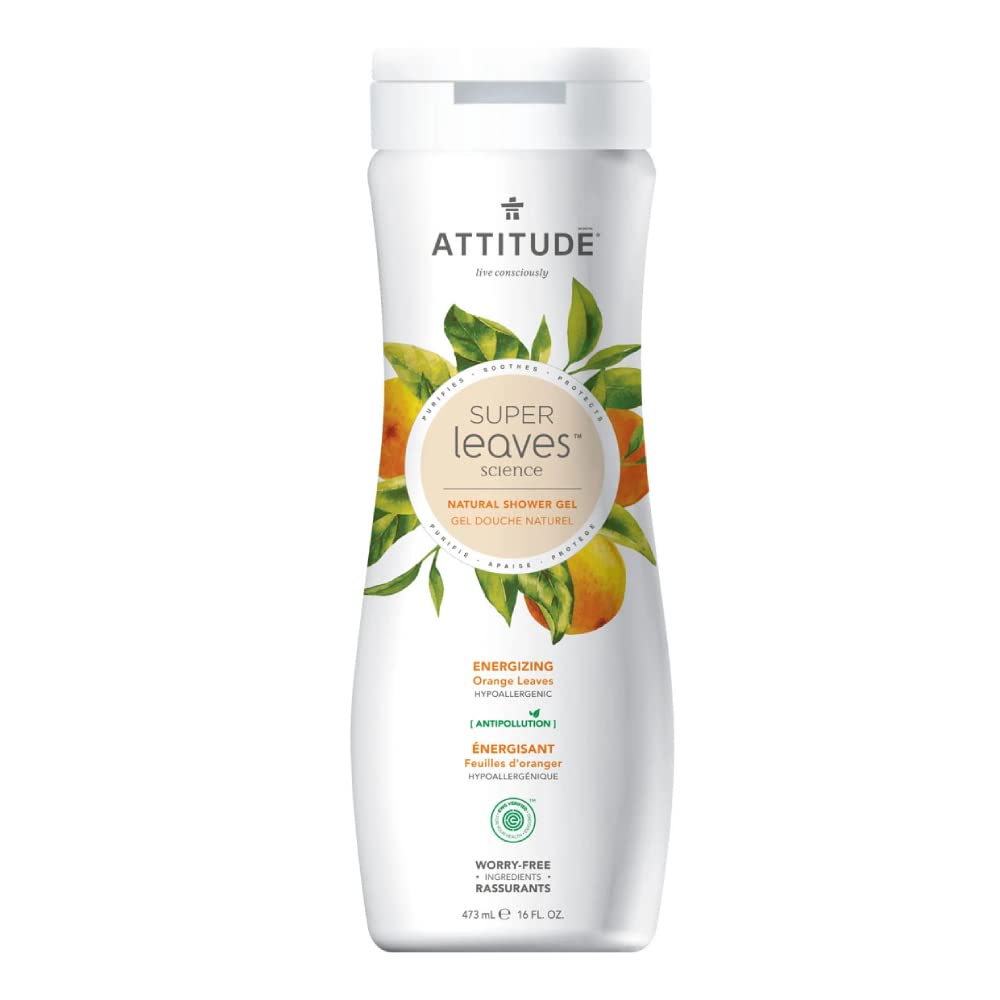 Crafted with the power of plants, the ATTITUDE Natural Moisturizing Body Wash bears the EWG Verified mark for the safest ingredients. It’s formulated with orange leaves that are known to restore the skin and give it a luminous glow, as well as moringa seed extract to help decrease the adhesion of pollutants. It’s the perfect moisturizing shower gel to keep your skin nourished all throughout winter.
Crafted with the power of plants, the ATTITUDE Natural Moisturizing Body Wash bears the EWG Verified mark for the safest ingredients. It’s formulated with orange leaves that are known to restore the skin and give it a luminous glow, as well as moringa seed extract to help decrease the adhesion of pollutants. It’s the perfect moisturizing shower gel to keep your skin nourished all throughout winter.
You can shop the ATTITUDE Natural Moisturizing Body Wash here.
SPF Is Your BFF (Even In the Winter)
While you likely associate the sun’s damaging rays with summer, the sun comes out even when it’s winter. Beyond that, the sun can also damage your skin when it’s snowing. According to the Skin Cancer Foundation, snow reflects up to 80% of the sun’s UV light, meaning that those rays have the potential for double the damage.8
Product Spotlight: Biossance Broad-Spectrum SPF 30
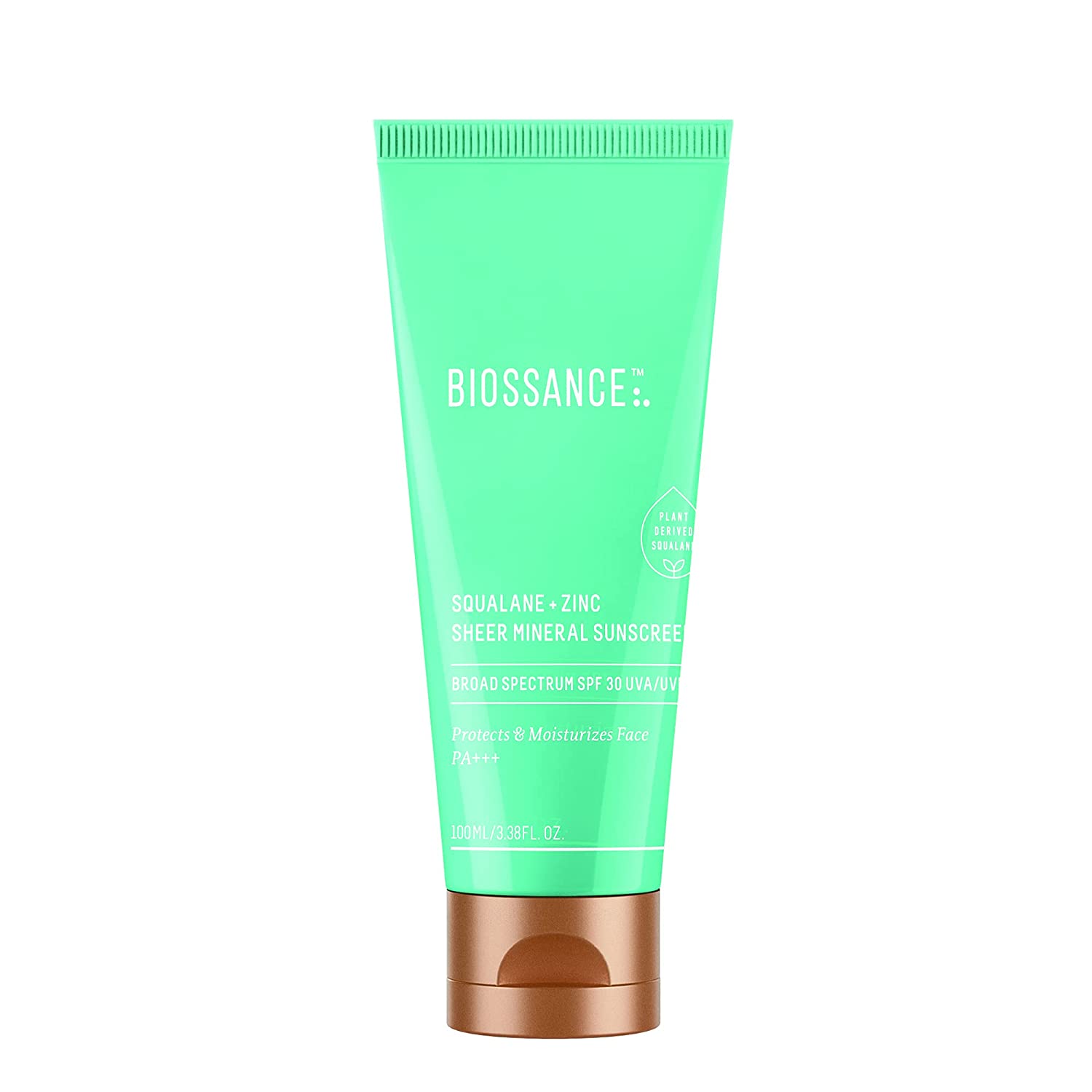 The Biossance Broad-Spectrum SPF 30 is an EWG Verified nontoxic zinc mineral sunscreen that provides invisible, broad-spectrum coverage. Zinc oxide protects the skin’s outer barrier to reflect damaging UVA/UVB rays, while squalane provides deep and fast-absorbing moisture.
The Biossance Broad-Spectrum SPF 30 is an EWG Verified nontoxic zinc mineral sunscreen that provides invisible, broad-spectrum coverage. Zinc oxide protects the skin’s outer barrier to reflect damaging UVA/UVB rays, while squalane provides deep and fast-absorbing moisture.
To shop the Biossance Broad-Spectrum SPF 30, click here.
Add Moisturizing and Anti-Inflammatory Skincare Products to Your Routine
Cooler temperatures can zap the moisture right out of your skin, but eye creams and facial oils are a fantastic remedy to this common cold weather issue. The delicate area under your eyes can suffer during this time of year. Since this area doesn’t contain oil glands, we need eye creams, which are made with vitamins, peptides, and other rescuers; these all help penetrate this thin layer, hydrating and soothing the skin underneath.
Facial oils are a huge help during the colder months, too. “Hydration is really a function of water balance; oils help hold water in and prevent the environment from stripping water out,” Tyler Hollmig, a dermatologist at Stanford Health Care, says. “Oils have also been shown to exhibit significant anti-inflammatory properties which help to soothe irritated skin during winter.”9
Product Spotlight: Humanist Beauty Herban Wisdom® Facial Oil and Eye Cream
 The Humanist Beauty Herban Wisdom® Facial Oil and Eye Cream are EWG Verified powerful skin treatments fusing clean plant nutrients rich in antioxidant, adaptogenic, rejuvenating, and moisturizing properties. They both feature the ultra-moisturizing ingredient squalane, which has been proven to help with inflammation, along with many other natural ingredients that can offer your skin exceptional benefits. The Herban Wisdom Facial Oil and Eye Cream are perfect for your skin all year round. Plus, they make wonderful gifts!
The Humanist Beauty Herban Wisdom® Facial Oil and Eye Cream are EWG Verified powerful skin treatments fusing clean plant nutrients rich in antioxidant, adaptogenic, rejuvenating, and moisturizing properties. They both feature the ultra-moisturizing ingredient squalane, which has been proven to help with inflammation, along with many other natural ingredients that can offer your skin exceptional benefits. The Herban Wisdom Facial Oil and Eye Cream are perfect for your skin all year round. Plus, they make wonderful gifts!
You can shop the Humanist Beauty Herban Wisdom® Facial Oil and Eye Cream here.
Get Plenty of Rest
While you can’t crawl into a den and hibernate the winter away like a bear, it’s vitally important to get plenty of rest to keep you feeling rejuvenated during the winter months, and it’ll help keep your circadian rhythm in check. Sleep is also the best way to repair and reset the mind.10 You can learn more about better sleep hygiene here.
Product Spotlight: BetterYou Natural Sleep Spray
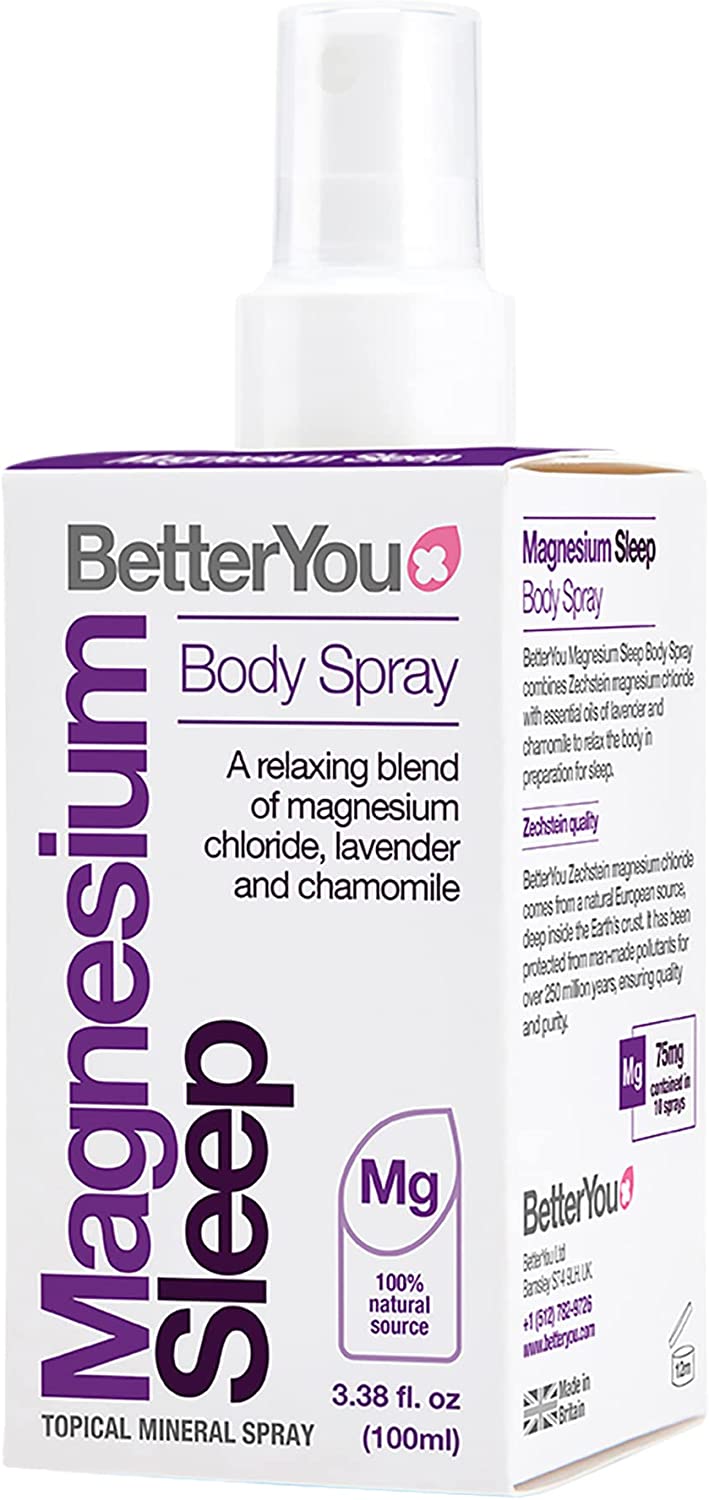 The EWG Verified BetterYou Natural Sleep Spray is a mixture of transdermal magnesium with blended essential oils. It commences absorption immediately when massaged into the skin, helping to promote an overall feeling of well-being and natural relaxation.
The EWG Verified BetterYou Natural Sleep Spray is a mixture of transdermal magnesium with blended essential oils. It commences absorption immediately when massaged into the skin, helping to promote an overall feeling of well-being and natural relaxation.
You can shop the BetterYou Natural Sleep Spray here.
Try Aromatherapy
If you’re dealing with symptoms of SAD or having trouble sleeping, aromatherapy may help. Essential oils can influence the area of the brain that’s responsible for controlling moods and the body’s internal clock that influences sleep and appetite. You can also combine aromatherapy with other complementary therapies, such as massage and meditation, for extra relaxation and a feeling of serenity.11
Product Spotlight: Laguna Moon Lavender Essential Oil
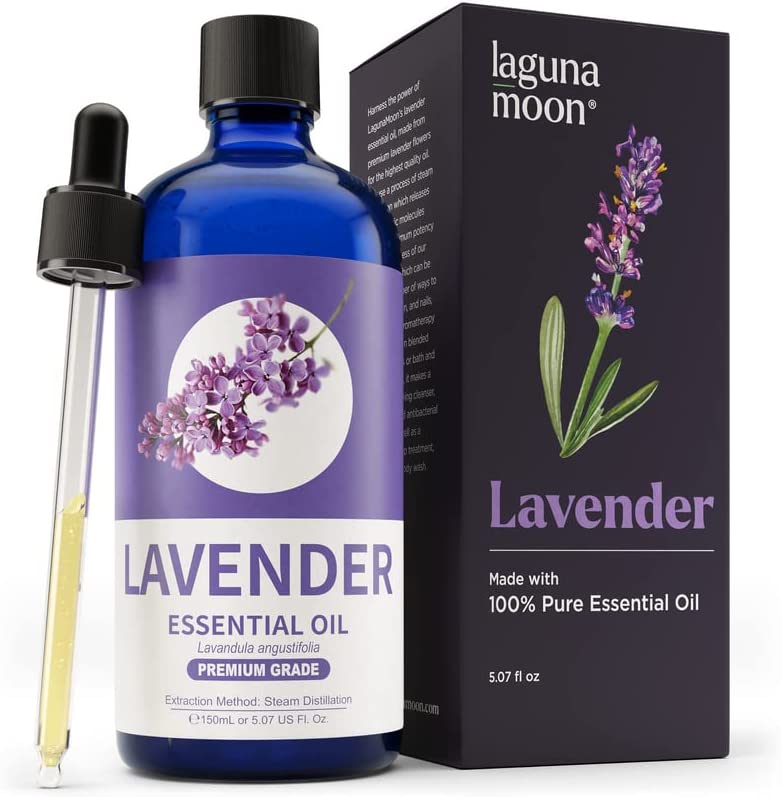 Research in recent years has found that lavender essential oil can help lower blood pressure and ease anxiety, while also regulating hormones to reduce mood swings, sadness, and depression. Laguna Moon’s Lavender Essential Oil is 100% pure and ideal for calming aromatherapy blends, diffusers, and so much more.
Research in recent years has found that lavender essential oil can help lower blood pressure and ease anxiety, while also regulating hormones to reduce mood swings, sadness, and depression. Laguna Moon’s Lavender Essential Oil is 100% pure and ideal for calming aromatherapy blends, diffusers, and so much more.
You can shop the Laguna Moon Lavender Essential Oil here.
In Conclusion
With colder weather comes changes to your skin and mental health. Symptoms like eczema flare-ups and reddened skin are the tell-tale signs that your skin microbiome is being affected by the winter weather, while feeling anxious, depressed, and fatigued can mean that you may be suffering from SAD or a change in your circadian rhythm. If you’re having trouble with your skin and/or well-being during the winter months, it’s always recommended to try seeing a dermatologist or your local healthcare provider.
Do you have any winter self-care tips and tricks? Let us know in the comments!
References:
https://www.allure.com/story/how-seasons-weather-affect-skin [1][2][3]
https://www.bustle.com/p/how-cold-weather-affects-your-brain-according-to-experts-19367014 [5]
https://www.thehealthy.com/beauty/face-body-care/winter-shower-tips/ [7]
https://www.thegoodnightco.com.au/blogs/the-journal/why-a-winter-sleep-routine-is-important [10]

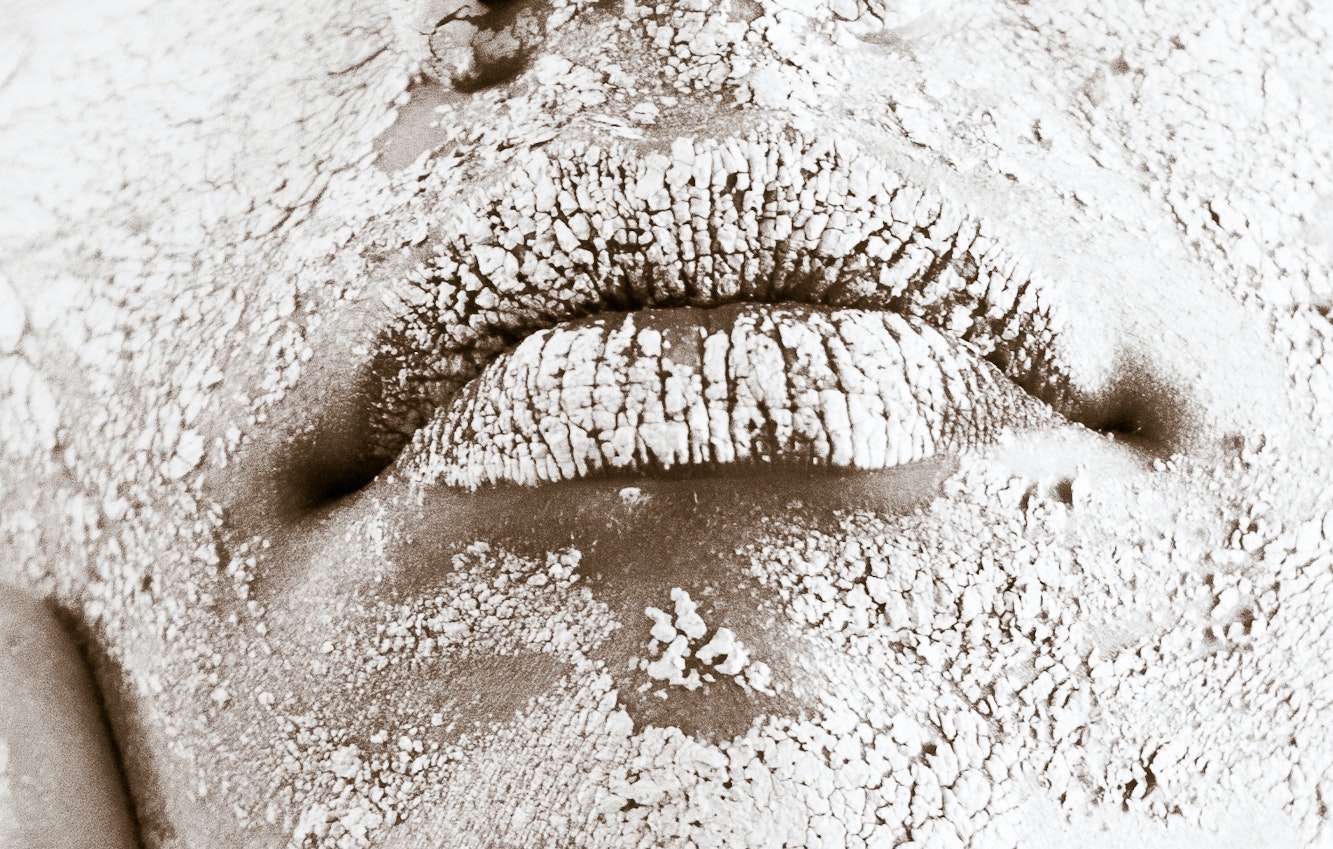
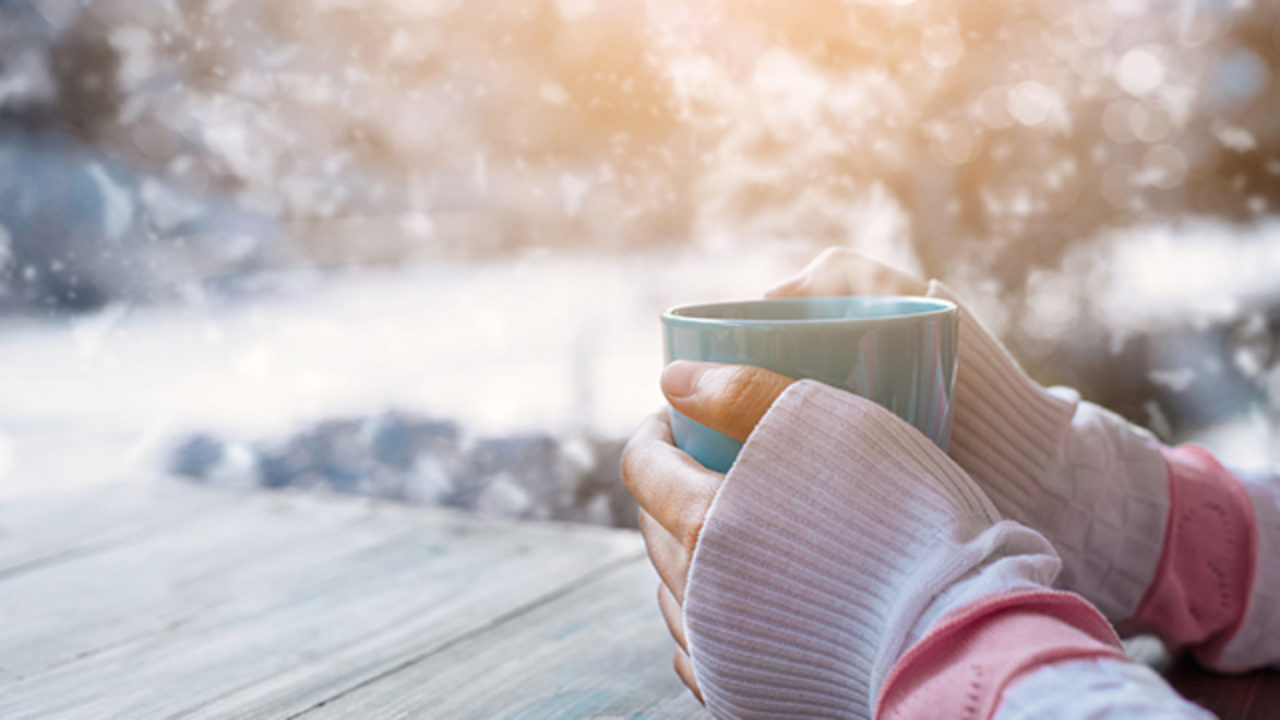


 With the holidays coming up, a lot of us are feeling more stress and sensitivity, and of course, the emotions we feel have a way of showing up on our skin. That’s why we handcrafted the
With the holidays coming up, a lot of us are feeling more stress and sensitivity, and of course, the emotions we feel have a way of showing up on our skin. That’s why we handcrafted the 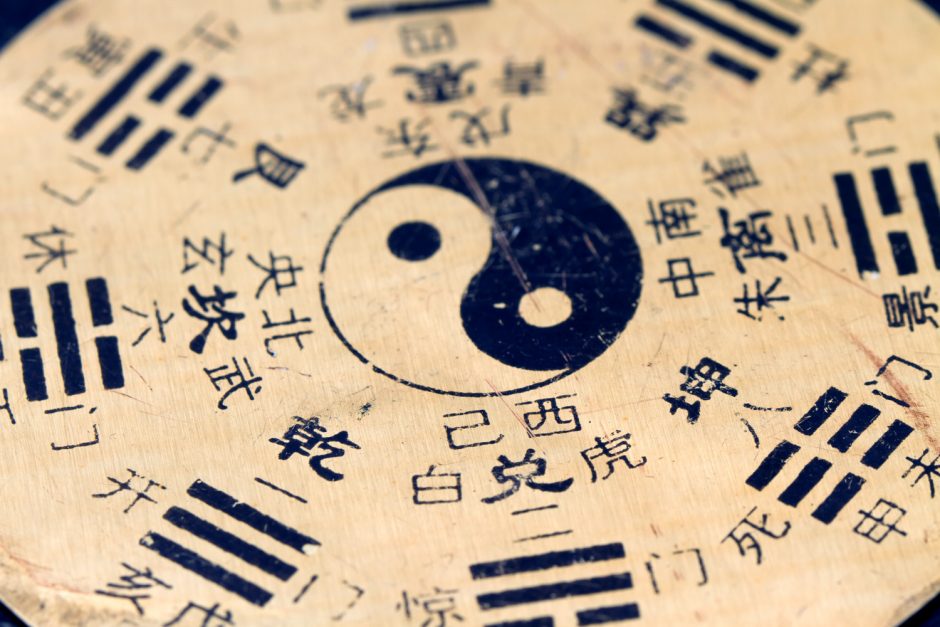
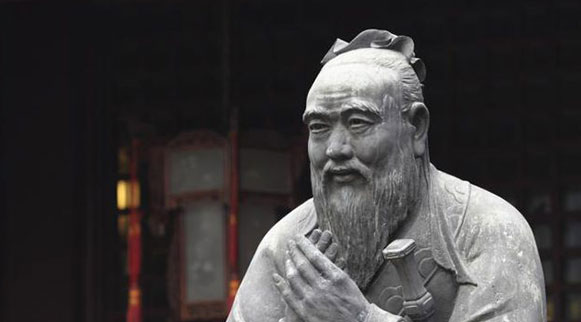
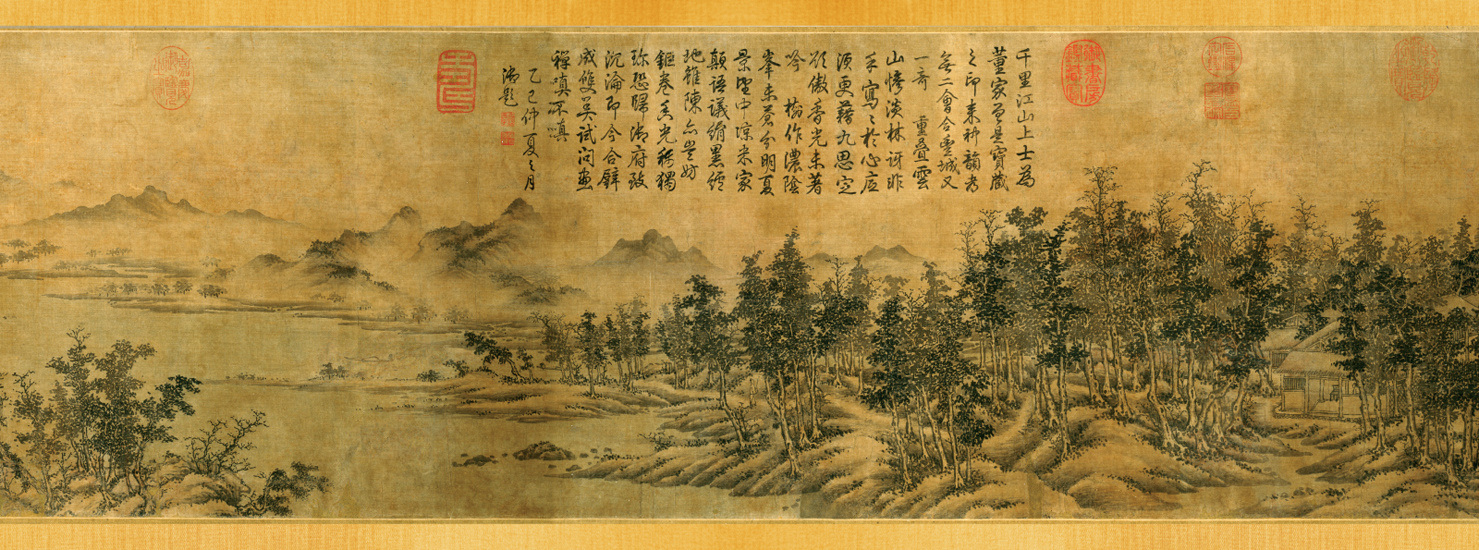 Pictured: Tao Te Ching Source:
Pictured: Tao Te Ching Source: 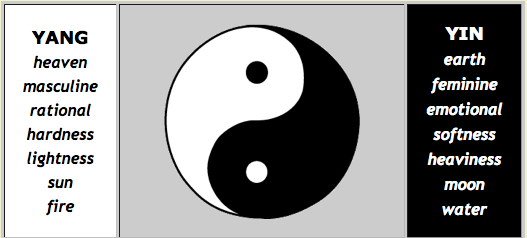
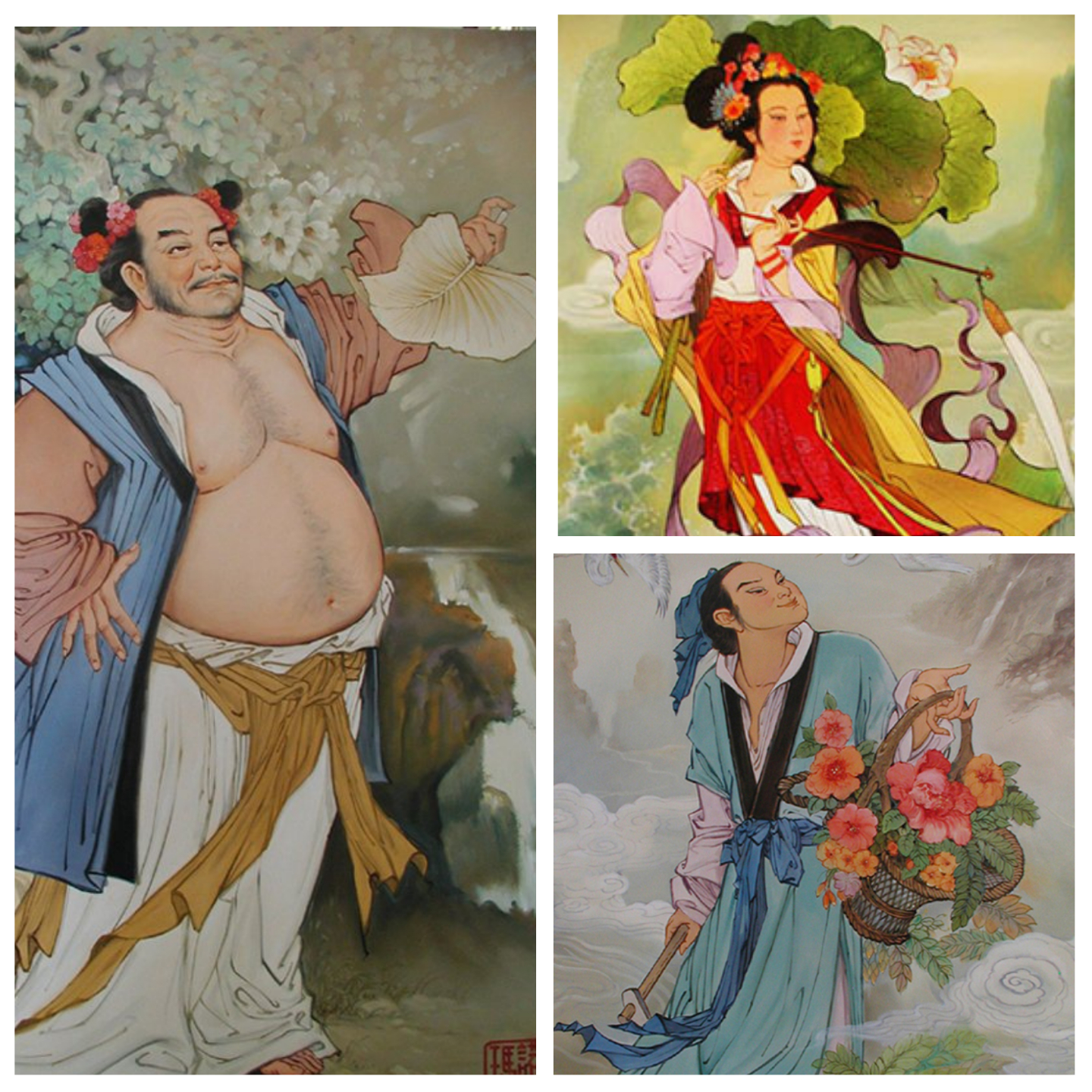

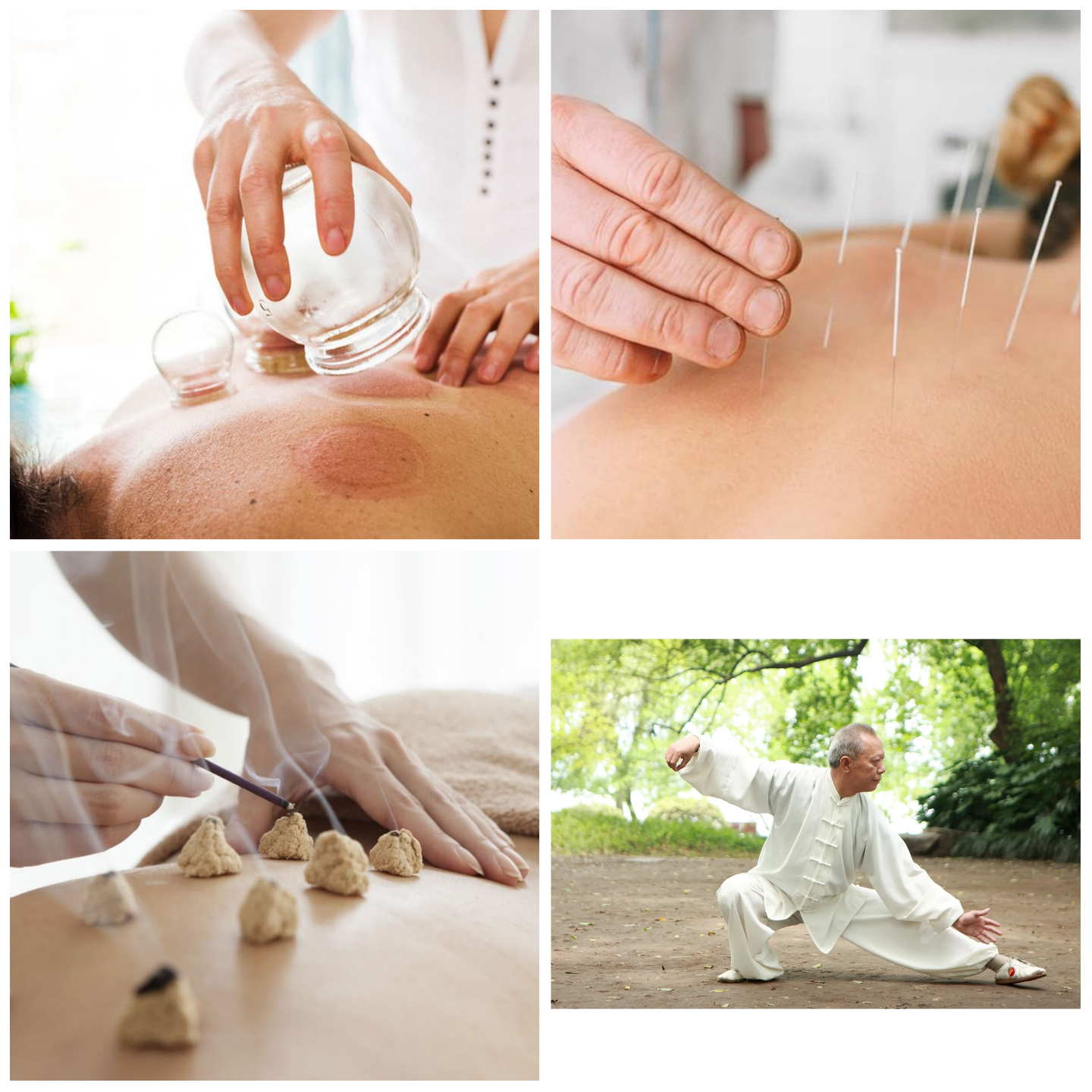 Pictured: Cupping; top left (
Pictured: Cupping; top left (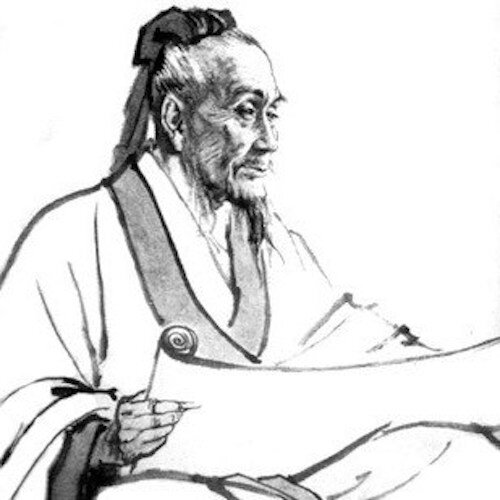


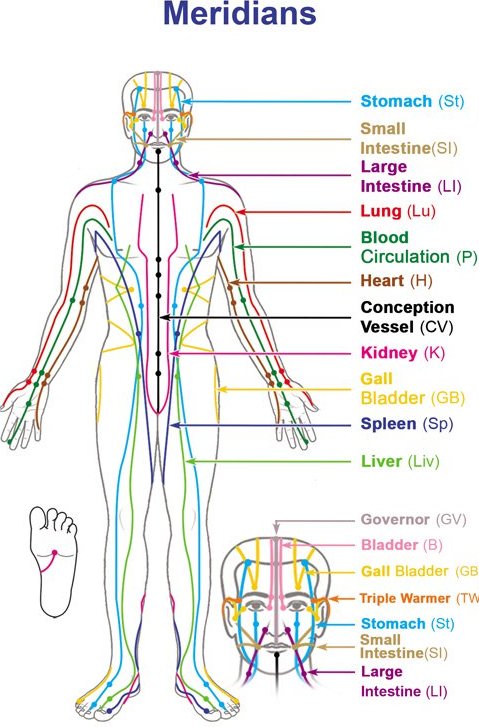
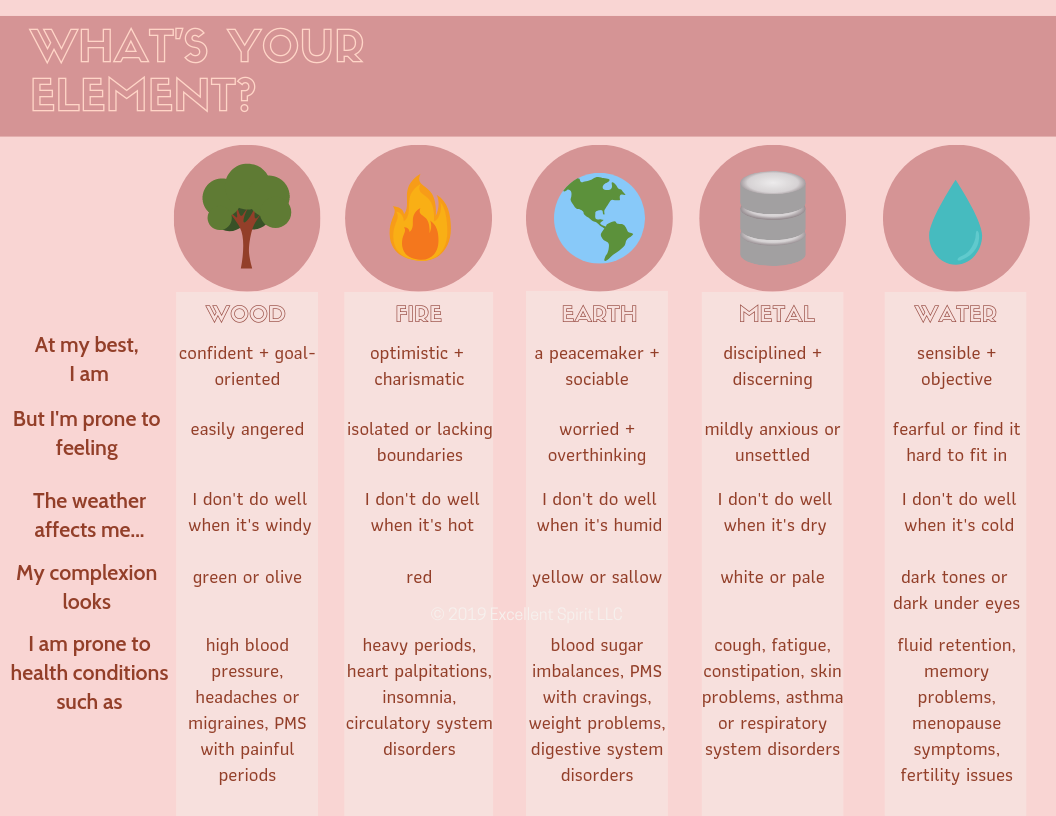 Pictured: The Five Element Theory traits and characteristics Source:
Pictured: The Five Element Theory traits and characteristics Source: 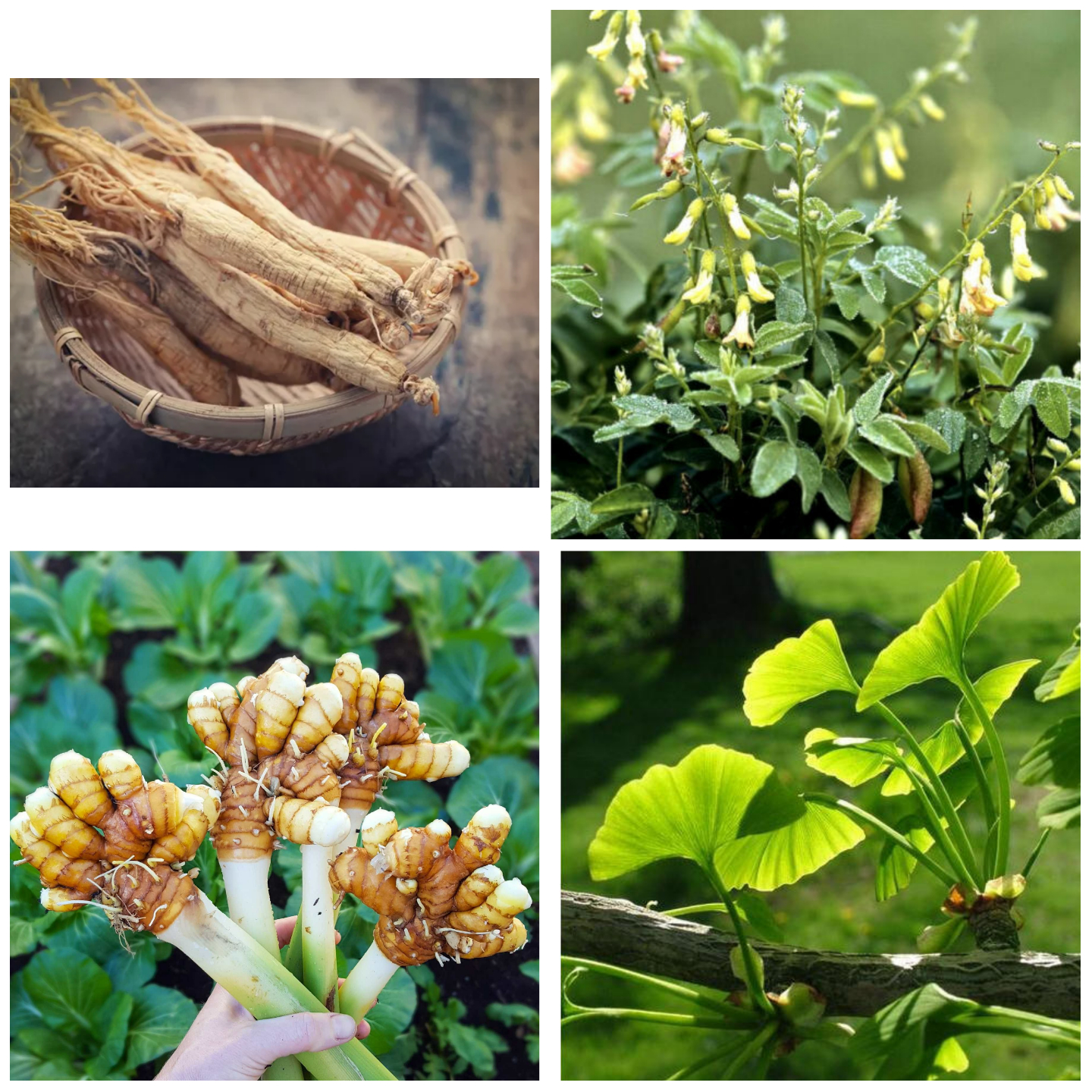

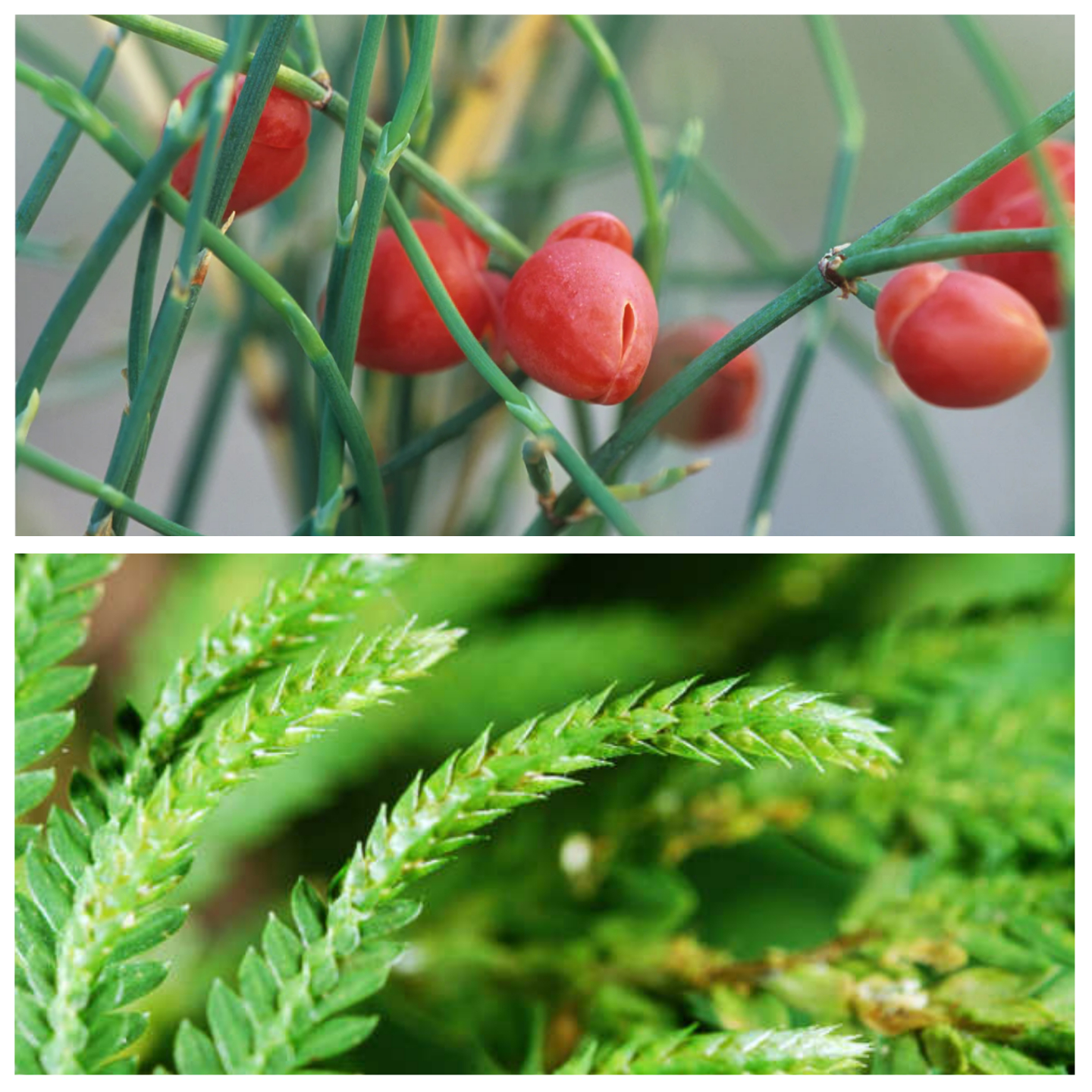 Pictured: Ma Huang; top (
Pictured: Ma Huang; top (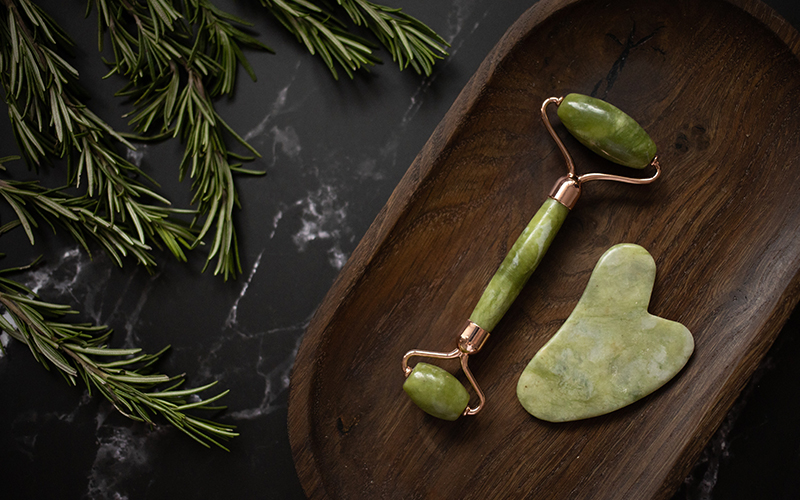
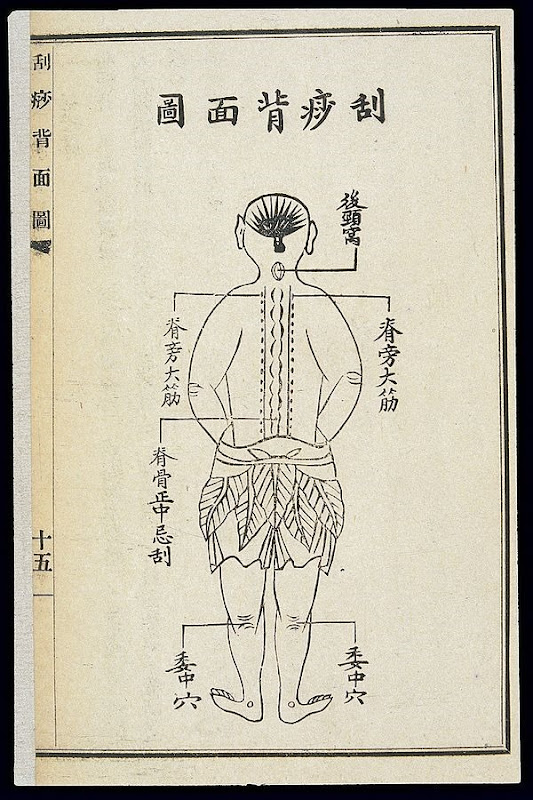
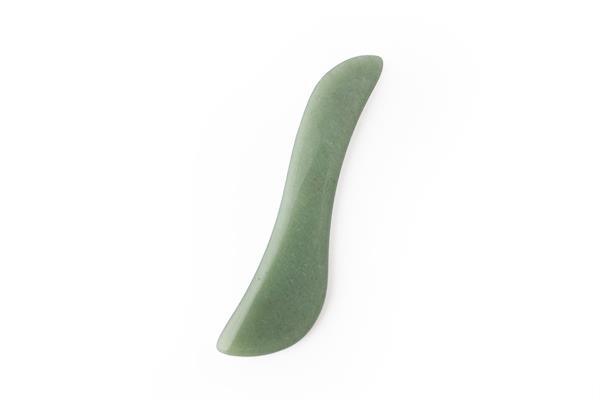


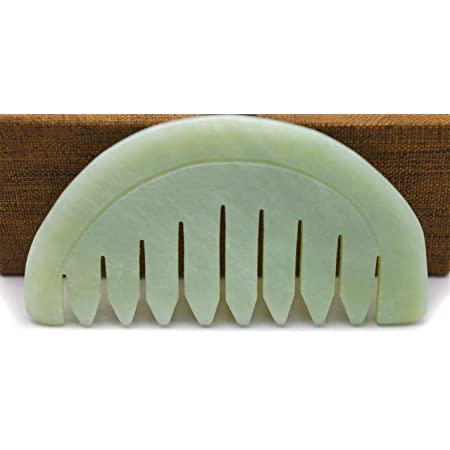

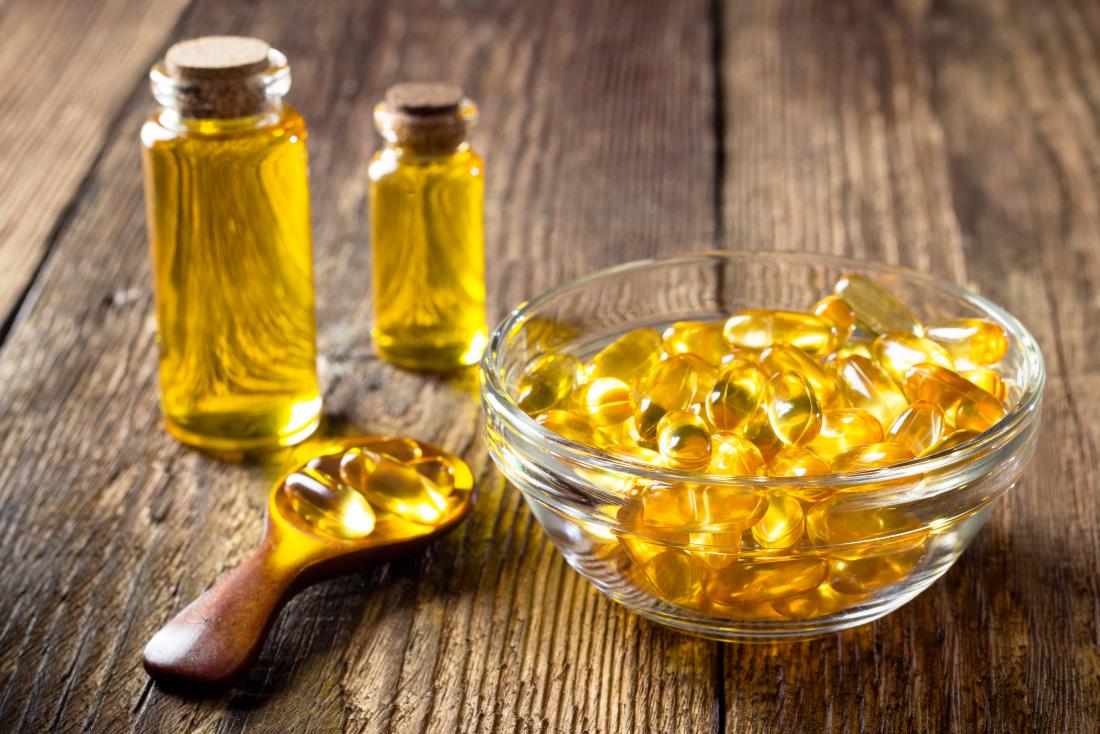
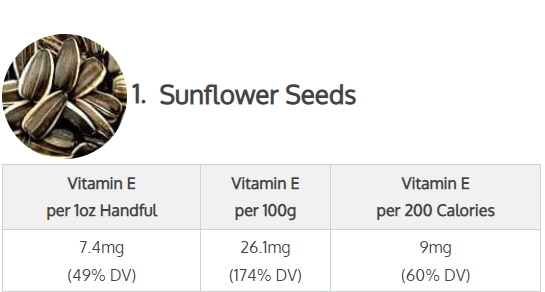


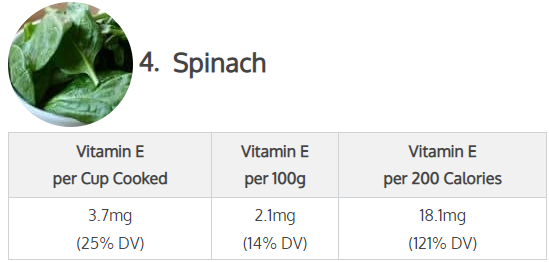
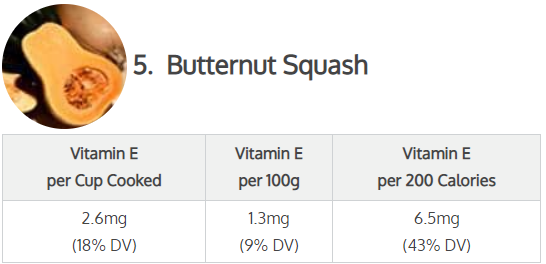
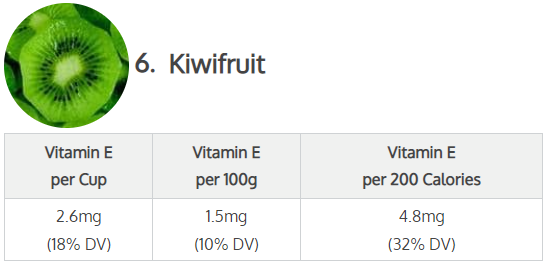

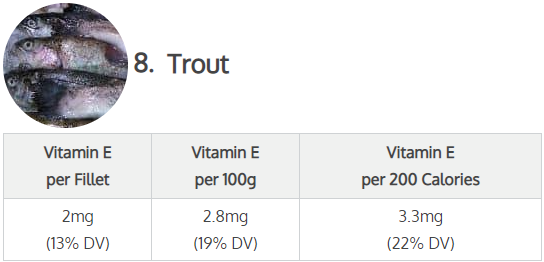
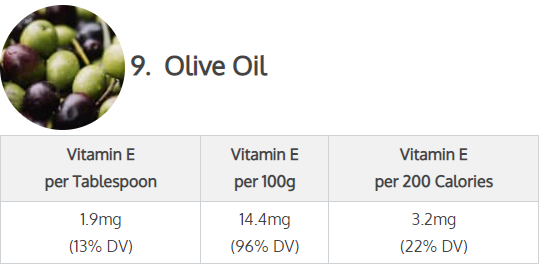
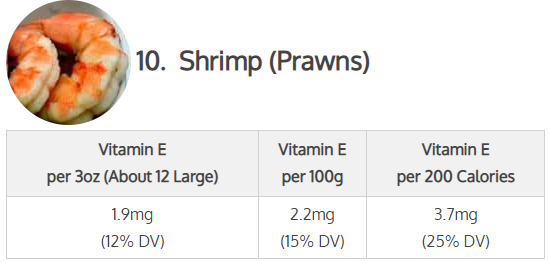



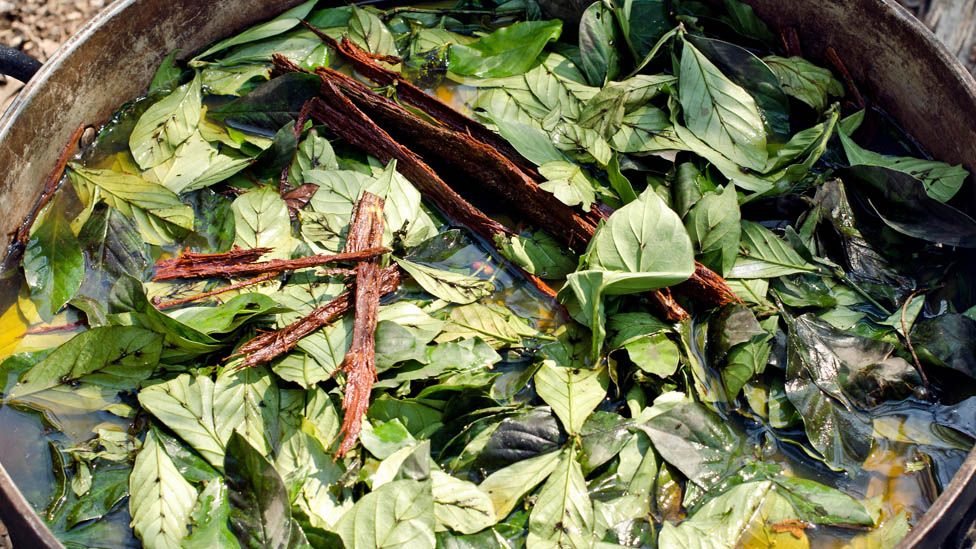


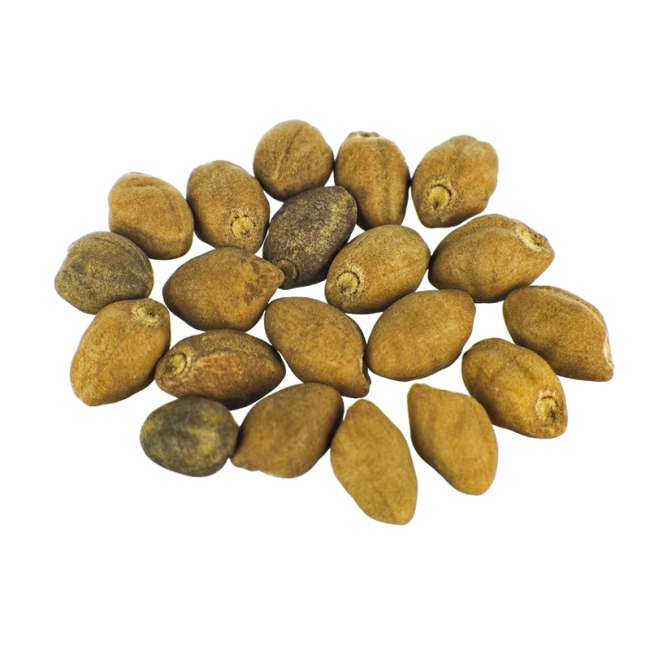
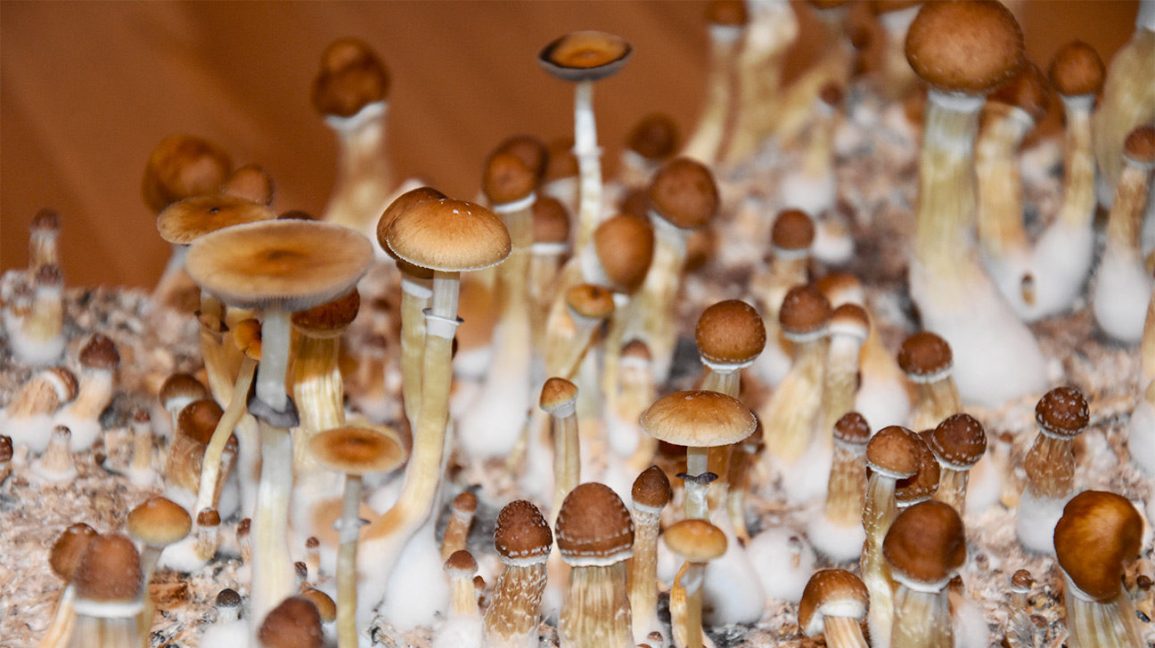
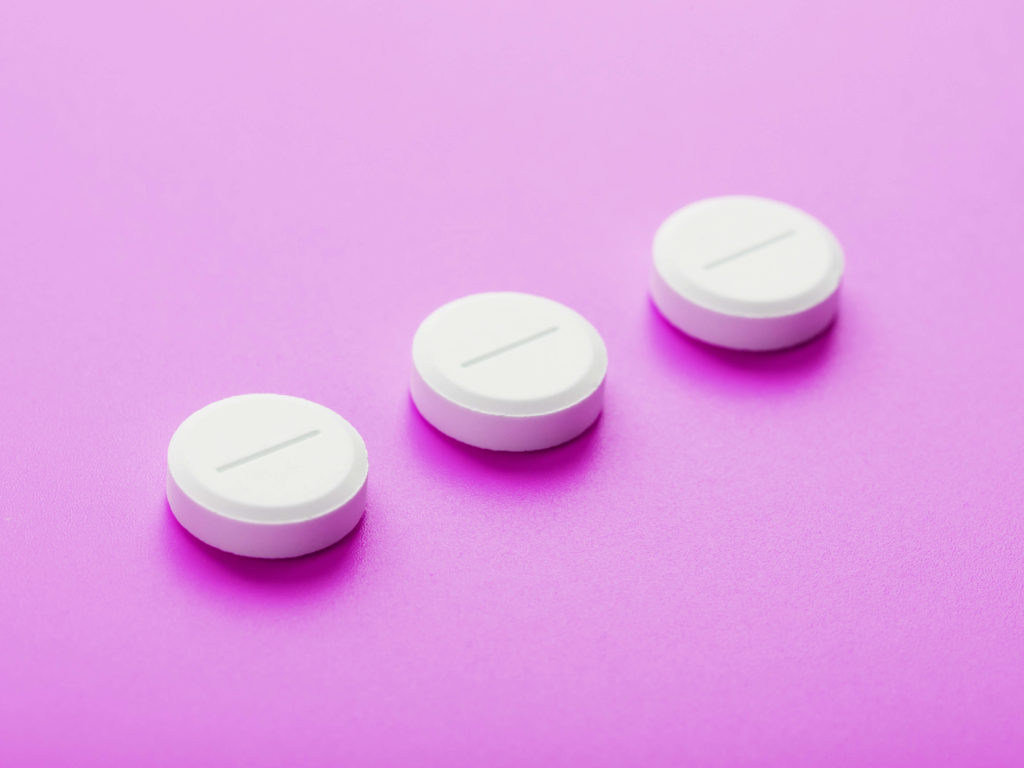
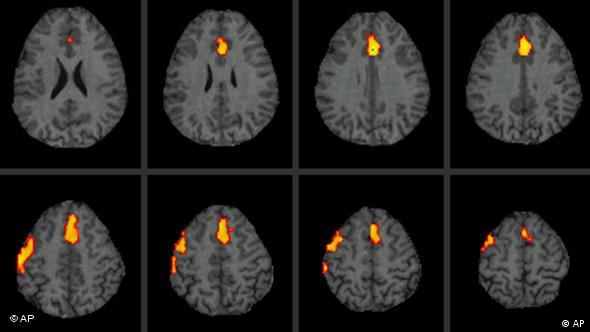
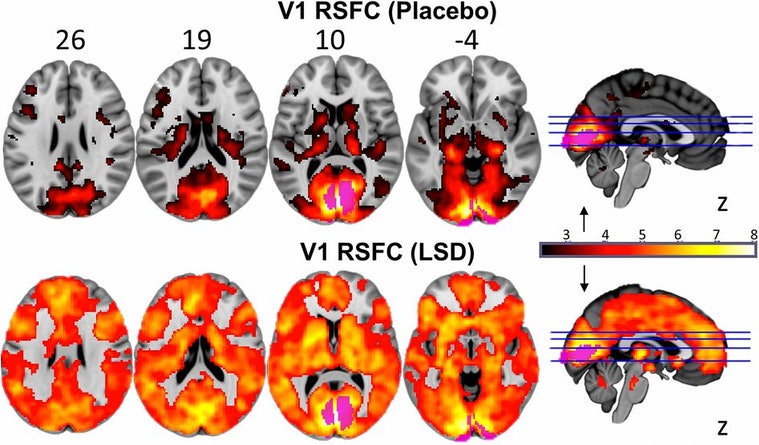
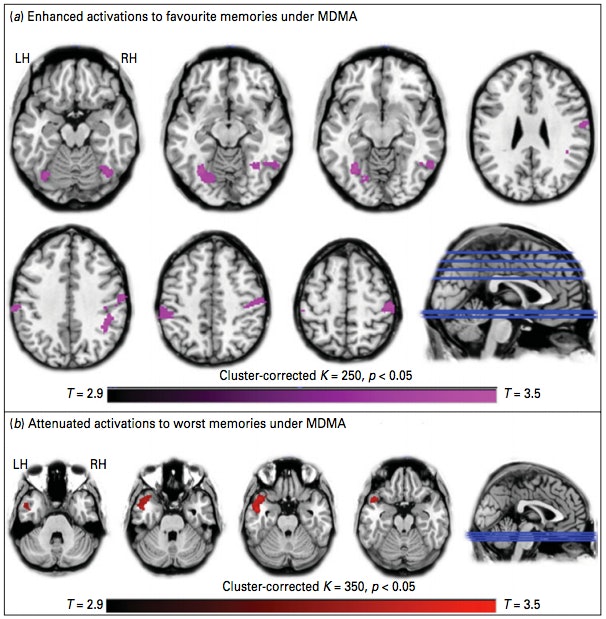
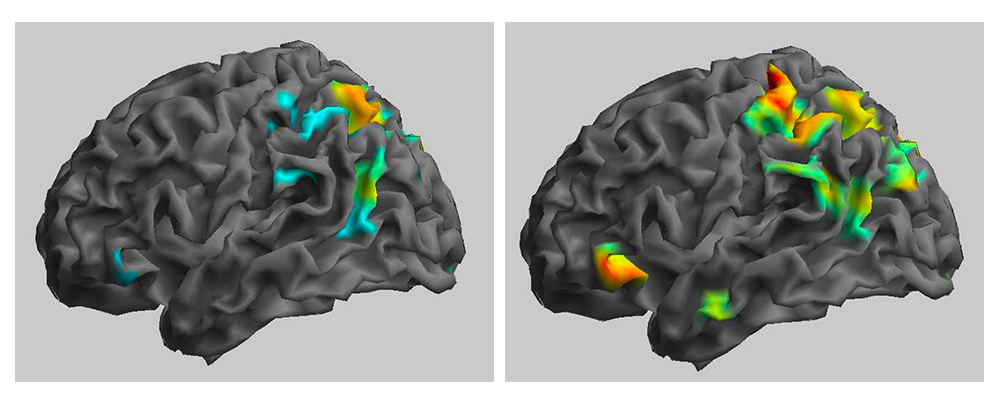

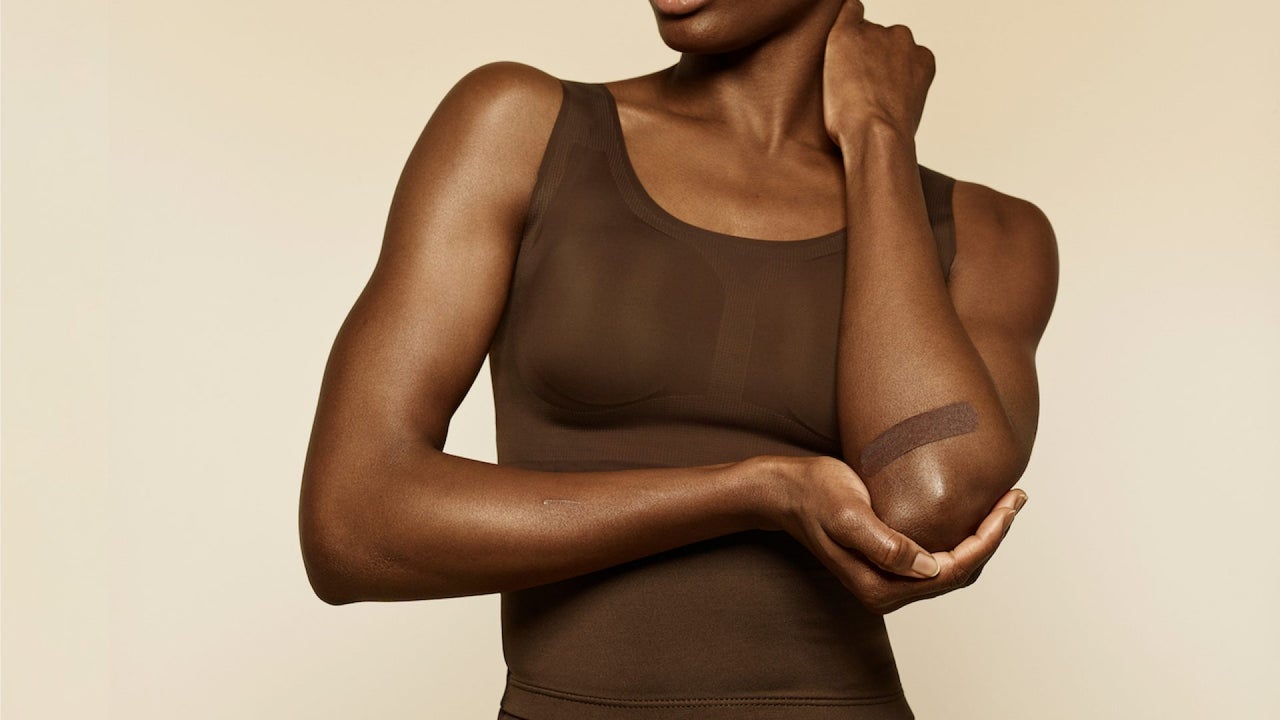



 Tamanu Seed Oil, Frankincense Oil, and Avocado Oil are integrated into the Humanist Beauty Herban Wisdom® Facial Oil for an array of exceptional skin-wellness benefits, including their ability to help your skin heal and repair itself.
Tamanu Seed Oil, Frankincense Oil, and Avocado Oil are integrated into the Humanist Beauty Herban Wisdom® Facial Oil for an array of exceptional skin-wellness benefits, including their ability to help your skin heal and repair itself.
